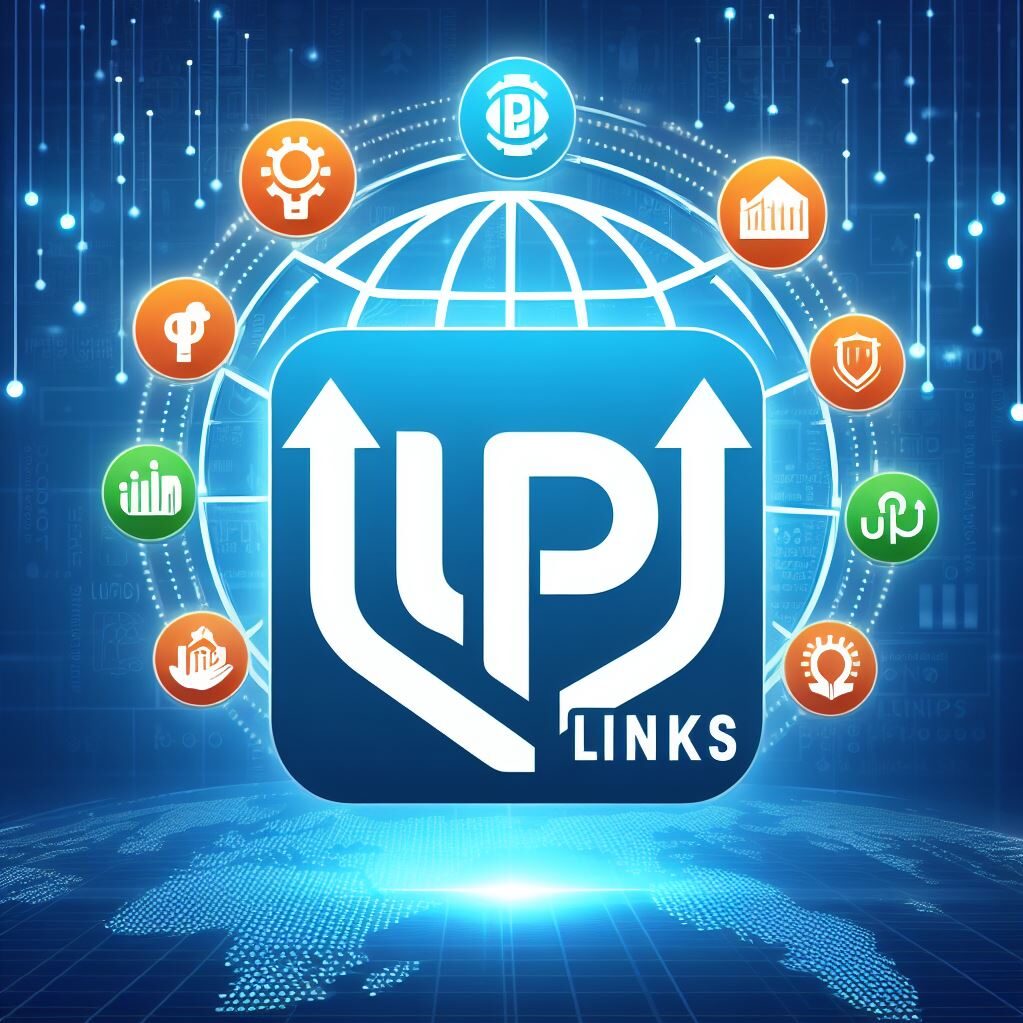ಹೋಮ್ಗ್ರೋನ್ ಪೇಮೆಂಟ್ ಸಿಸ್ಟಮ್ ಯುನಿಫೈಡ್ ಪೇಮೆಂಟ್ಸ್ ಇಂಟರ್ಫೇಸ್ (ಯುಪಿಐ) ಭಾರತದಲ್ಲಿ ಡಿಜಿಟಲ್ ಪಾವತಿಗಳನ್ನು ಮುಂದುವರಿಸುತ್ತದೆಯಾದರೂ, ಬೈ ನೌ ಪೇ ಲೇಟರ್ (ಬಿಎನ್ಪಿಎಲ್), ಡಿಜಿಟಲ್ ಕರೆನ್ಸಿ, ಕಾರ್ಪೊರೇಟ್ ಪಾವತಿಗಳು ಮತ್ತು ಆಫ್ಲೈನ್ ಪಾವತಿಗಳಂತಹ ಹೊಸ ಮಾರ್ಗಗಳು ಉದ್ಯಮವನ್ನು ರೂಪಿಸುತ್ತವೆ ಎಂದು ಪಿಡಬ್ಲ್ಯೂಸಿ ಇಂಡಿಯಾದ ವರದಿ ತಿಳಿಸಿದೆ. .
ವರದಿಯು ಪ್ರಸ್ತುತ ಮತ್ತು ಭವಿಷ್ಯದ ಡಿಜಿಟಲ್ ಪಾವತಿಗಳ ಭೂದೃಶ್ಯದ ಒಳನೋಟಗಳನ್ನು ಒದಗಿಸುತ್ತದೆ ಮತ್ತು ಭಾರತದಲ್ಲಿ ಗ್ರಾಹಕರ ಖರ್ಚು ನಡವಳಿಕೆ ಮತ್ತು ವಹಿವಾಟುಗಳ ಮೇಲೆ ಪ್ರಭಾವ ಬೀರುವ ಪ್ರಮುಖ ಅಂಶಗಳಾಗಿವೆ. ಇದು (BNPL), e-RUPI, ಸೆಂಟ್ರಲ್ ಬ್ಯಾಂಕ್ ಡಿಜಿಟಲ್ ಕರೆನ್ಸಿ (CBDC) ಮತ್ತು ಆಫ್ಲೈನ್ ಪಾವತಿಗಳಂತಹ ಪಾವತಿಗಳ ಪರಿಸರ ವ್ಯವಸ್ಥೆಯಲ್ಲಿ ಮುಂಬರುವ ಟ್ರೆಂಡ್ಗಳನ್ನು ಸಹ ನೋಡುತ್ತದೆ ಮತ್ತು ಪರಿಸರ ವ್ಯವಸ್ಥೆಯ ಆಟಗಾರರು ಈ ಹೊಸ ಪಾವತಿ ಪ್ರವೃತ್ತಿಗಳಿಗೆ ಹೇಗೆ ಹೊಂದಿಕೊಳ್ಳುತ್ತಾರೆ.
“ದಿ ಇಂಡಿಯನ್ ಪೇಮೆಂಟ್ಸ್ ಹ್ಯಾಂಡ್ಬುಕ್ – 2021-26” ಎಂಬ ಶೀರ್ಷಿಕೆಯ ವರದಿಯು ದೇಶೀಯ ಡಿಜಿಟಲ್ ಪಾವತಿಗಳ ಮಾರುಕಟ್ಟೆಯು ಪರಿಮಾಣದ ಮೂಲಕ 23% ರಷ್ಟು ಸಂಯುಕ್ತ ವಾರ್ಷಿಕ ಬೆಳವಣಿಗೆ ದರದಲ್ಲಿ (CAGR) ಬೆಳೆದಿದೆ ಮತ್ತು FY26 ರಲ್ಲಿ 217 ಶತಕೋಟಿ ವಹಿವಾಟುಗಳನ್ನು ತಲುಪುವ ನಿರೀಕ್ಷೆಯಿದೆ ಎಂದು ಸೂಚಿಸಿದೆ.
“ಪಾವತಿ ಉದ್ಯಮವು ಗ್ರಾಹಕರ ಅನುಭವವನ್ನು ಹೆಚ್ಚಿಸುವುದು ಮತ್ತು ಪಾವತಿಗಾಗಿ ಗ್ರಾಹಕರ ಆಯ್ಕೆಗಳನ್ನು ಒದಗಿಸುವುದು, ಭದ್ರತೆಯನ್ನು ಹೆಚ್ಚಿಸುವುದು, ಡಿಸ್ಟ್ರಿಸ್ಟ್ರಿಡ್ ಲೆಡ್ಜರ್ ತಂತ್ರಜ್ಞಾನ (DLT) ಮತ್ತು ಇಂಟರ್ನೆಟ್ ಆಫ್ ಥಿಂಗ್ಸ್ (IoT) ನಂತಹ ತಂತ್ರಜ್ಞಾನದಂತಹ ತಂತ್ರಜ್ಞಾನದಲ್ಲಿ ಆವಿಷ್ಕಾರಗಳನ್ನು ಕೈಗೊಳ್ಳುವುದರ ಮೇಲೆ ಹೆಚ್ಚು ಗಮನಹರಿಸುತ್ತದೆ ಎಂದು ನಾವು ನಿರೀಕ್ಷಿಸುತ್ತೇವೆ. ,” ಪಿಡಬ್ಲ್ಯೂಸಿ ಇಂಡಿಯಾದಲ್ಲಿ ಪಾಲುದಾರ ಮತ್ತು ಪಾವತಿಗಳ ಪರಿವರ್ತನೆಯ ನಾಯಕ ಮಿಹಿರ್ ಗಾಂಧಿ ಹೇಳಿದರು.
ಯುಪಿಐ ಈ ಬೆಳವಣಿಗೆಗೆ ಗಣನೀಯ ಕೊಡುಗೆ ನೀಡಿದೆ, 2020–21ರಲ್ಲಿ ದಾಖಲೆಯ 22 ಬಿಲಿಯನ್ ವಹಿವಾಟುಗಳನ್ನು ತಲುಪಿದೆ, 2018 ರಿಂದ 122% ರಷ್ಟು ಸಿಎಜಿಆರ್ನಲ್ಲಿ 2025–26ರ ವೇಳೆಗೆ ಯುಪಿಐ ವಹಿವಾಟುಗಳು 169 ಬಿಲಿಯನ್ ತಲುಪುವ ನಿರೀಕ್ಷೆಯಿದೆ ಎಂದು ಪಿಡಬ್ಲ್ಯೂಸಿ ಹೇಳಿದೆ.
ವರದಿಯು ಭಾರತದಲ್ಲಿ ಡಿಜಿಟಲ್ ಪಾವತಿ ಉದ್ಯಮದ ಬೆಳವಣಿಗೆಗೆ ಕೊಡುಗೆ ನೀಡುವ ಕೆಲವು ಪ್ರಮುಖ ಪ್ರವೃತ್ತಿಗಳನ್ನು ಸಹ ನೀಡುತ್ತದೆ. ಅಸ್ತಿತ್ವದಲ್ಲಿರುವ ಉತ್ಪನ್ನಗಳು ಪ್ರವೇಶವನ್ನು ಮುಂದುವರೆಸುತ್ತವೆ ಮತ್ತು ಭಾರತೀಯ ಗ್ರಾಹಕರ ಹೆಚ್ಚುವರಿ ವ್ಯಾಲೆಟ್ ಪಾಲನ್ನು ಪಡೆಯುತ್ತವೆ ಎಂದು ಅದು ಹೇಳಿದೆ. ಯುಪಿಐ, ಫಾಸ್ಟ್ಯಾಗ್ ಮತ್ತು ಕಾರ್ಡ್ಗಳಲ್ಲಿ ಹೊಸ ಬಳಕೆಯ ಪ್ರಕರಣಗಳನ್ನು ಸಕ್ರಿಯಗೊಳಿಸುವುದರಿಂದ ಅಳವಡಿಕೆ ಮತ್ತು ವಹಿವಾಟು ಸಂಖ್ಯೆಗಳ ಬೆಳವಣಿಗೆಯನ್ನು ಮುಂದುವರಿಸುತ್ತದೆ ಎಂದು ಅದು ಹೇಳಿದೆ.
ಇದಲ್ಲದೆ, ಕಾರ್ಡ್-ಆನ್-ಫೈಲ್ ಟೋಕನೈಸೇಶನ್ (CoFT) ಜೊತೆಗೆ ಲ್ಯಾಪ್ಟಾಪ್ಗಳು, ಡೆಸ್ಕ್ಟಾಪ್ಗಳು, ಧರಿಸಬಹುದಾದ ವಸ್ತುಗಳು, ವಸ್ತುಗಳ ಇಂಟರ್ನೆಟ್ (IoT) ಸಾಧನಗಳಂತಹ ಹೆಚ್ಚುವರಿ ಬಳಕೆಯ ಪ್ರಕರಣಗಳನ್ನು ಒಳಗೊಳ್ಳಲು RBI ಟೋಕನೈಸೇಶನ್ ವ್ಯಾಪ್ತಿಯನ್ನು ವಿಸ್ತರಿಸಿದೆ. ಕಾರ್ಡ್-ಸಂಬಂಧಿತ ಭದ್ರತೆಯನ್ನು ಹೆಚ್ಚಿಸುವುದರ ಜೊತೆಗೆ, ಒಟ್ಟಾರೆ ಗ್ರಾಹಕರ ಚೆಕ್-ಔಟ್ ಅನುಭವವು ಅಖಂಡವಾಗಿರುವುದನ್ನು ಖಚಿತಪಡಿಸುತ್ತದೆ ಎಂದು PwC ತನ್ನ ವರದಿಯಲ್ಲಿ ತಿಳಿಸಿದೆ.
ಆಫ್ಲೈನ್ ಪಾವತಿಗಳು ಭಾರತದಲ್ಲಿ ಡಿಜಿಟಲ್ ಪಾವತಿಗಳ ಬೆಳವಣಿಗೆಗೆ ಕೊಡುಗೆ ನೀಡುತ್ತವೆ. ಕಳಪೆ ಸಂಪರ್ಕ ಮತ್ತು ಆನ್ಲೈನ್ ಪಾವತಿ ವಿಧಾನಗಳಿಗೆ ಪ್ರವೇಶದ ಕೊರತೆ, ಆಫ್ಲೈನ್ ಪಾವತಿಗಳಿಗೆ ಅವಕಾಶವನ್ನು ತೆರೆದಿದೆ ಎಂದು ವರದಿ ಹೇಳಿದೆ. “ಆಫ್ಲೈನ್ ಪಾವತಿಗಳ ಕುರಿತು ಇತ್ತೀಚಿನ ಆರ್ಬಿಐ ಮಾರ್ಗಸೂಚಿಗಳು ವಿಭಾಗಕ್ಕೆ ಹೆಚ್ಚು ಅಗತ್ಯವಿರುವ ಪ್ರಚೋದನೆಯನ್ನು ಒದಗಿಸಿವೆ” ಎಂದು ಅದು ಹೇಳಿದೆ.
ಕಳೆದ ತಿಂಗಳು, ರಿಸರ್ವ್ ಬ್ಯಾಂಕ್ ಆಫ್ ಇಂಡಿಯಾ (RBI) ವೈಶಿಷ್ಟ್ಯ ಫೋನ್ಗಳಿಗಾಗಿ UPI ಅನ್ನು ಪ್ರಾರಂಭಿಸಿತು, ಅಂತಹ ಫೋನ್ಗಳ ಸುಮಾರು 400 ಮಿಲಿಯನ್ ಬಳಕೆದಾರರನ್ನು ತನ್ನ ವ್ಯಾಪ್ತಿಯಲ್ಲಿ ತಂದಿತು. ವೈಶಿಷ್ಟ್ಯದ ಫೋನ್ಗಳು ಮೂಲಭೂತ ಫೋನ್ಗಳಾಗಿವೆ, ಇದು ಸಾಮಾನ್ಯವಾಗಿ ಧ್ವನಿ ಕರೆ ಮತ್ತು ಪಠ್ಯ ಸಂದೇಶ ಕಾರ್ಯಗಳನ್ನು ಒದಗಿಸುತ್ತದೆ.
ಕೊನೆಯದಾಗಿ, ಮುಂಬರುವ ಸೆಂಟ್ರಲ್ ಬ್ಯಾಂಕ್ ಡಿಜಿಟಲ್ ಕರೆನ್ಸಿ (CBDC) ಕೂಡ ಗೇಮ್ ಚೇಂಜರ್ ಆಗಿರಬಹುದು, ಸರ್ಕಾರವು FY23 ರಲ್ಲಿ RBI ನಿಂದ ರೋಲ್ಔಟ್ ಅನ್ನು ಘೋಷಿಸುತ್ತದೆ. “ಭಾರತೀಯ ಪಾವತಿಗಳ ಭೂದೃಶ್ಯವು ಹಲವಾರು ಹಳಿಗಳನ್ನು ಹೊಂದಿದ್ದು ಅದನ್ನು ಹಲವಾರು ಚಾನಲ್ಗಳ ಮೂಲಕ ಪ್ರವೇಶಿಸಬಹುದು. ಪ್ರಸ್ತುತ ಸನ್ನಿವೇಶವನ್ನು ಗಮನಿಸಿದರೆ, CBDC ಅಸ್ತಿತ್ವದಲ್ಲಿರುವ ಹಳಿಗಳ ಬದಲಿಗೆ ಅವುಗಳನ್ನು ಬದಲಾಯಿಸುವ ಬದಲು ಸಹ-ಅಸ್ತಿತ್ವದಲ್ಲಿರಬೇಕಾಗುತ್ತದೆ, ”ಎಂದು ವರದಿ ಹೇಳಿದೆ.
ಭಾರತೀಯ ಸನ್ನಿವೇಶದಲ್ಲಿ ಅನ್ವಯವಾಗುವ CBDC ಯ ಕೆಲವು ಪ್ರಮುಖ ಬಳಕೆಯ ಪ್ರಕರಣಗಳೆಂದರೆ ಪ್ರೋಗ್ರಾಮೆಬಲ್ ನೇರ ಲಾಭ ವರ್ಗಾವಣೆ (DBT), ಆನ್ಲೈನ್ ಮತ್ತು ಆಫ್ಲೈನ್ ಚಿಲ್ಲರೆ ಪಾವತಿಗಳು ಮತ್ತು ಗಡಿಯಾಚೆಗಿನ ರವಾನೆಗಳು.

